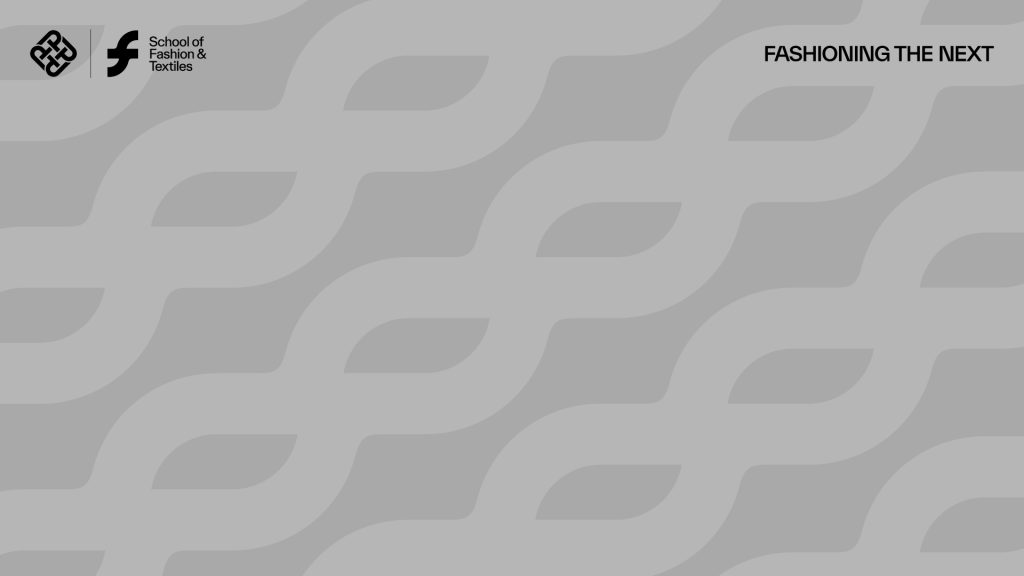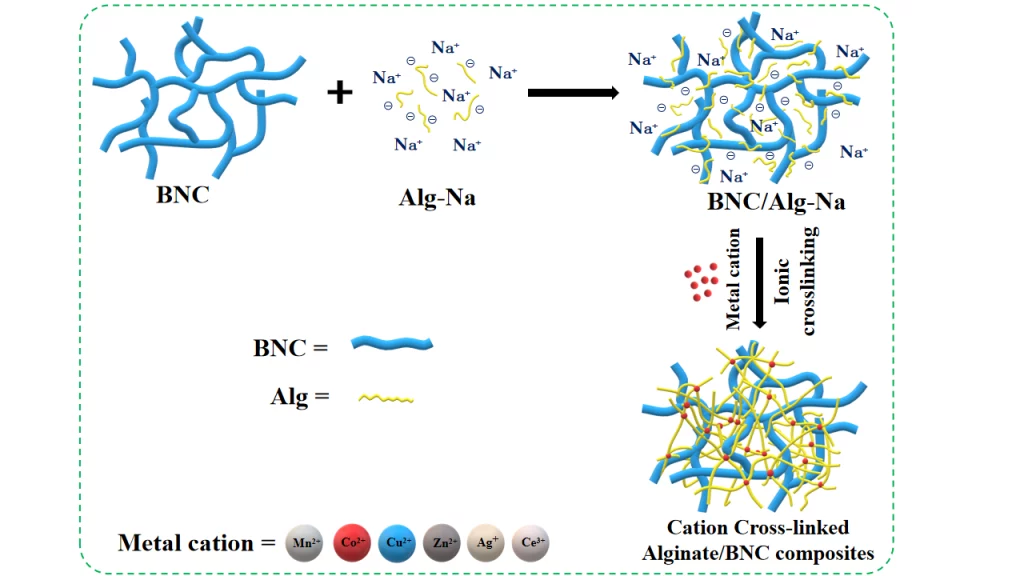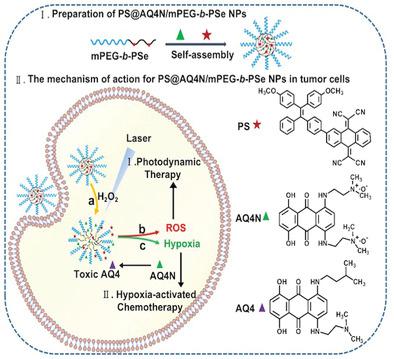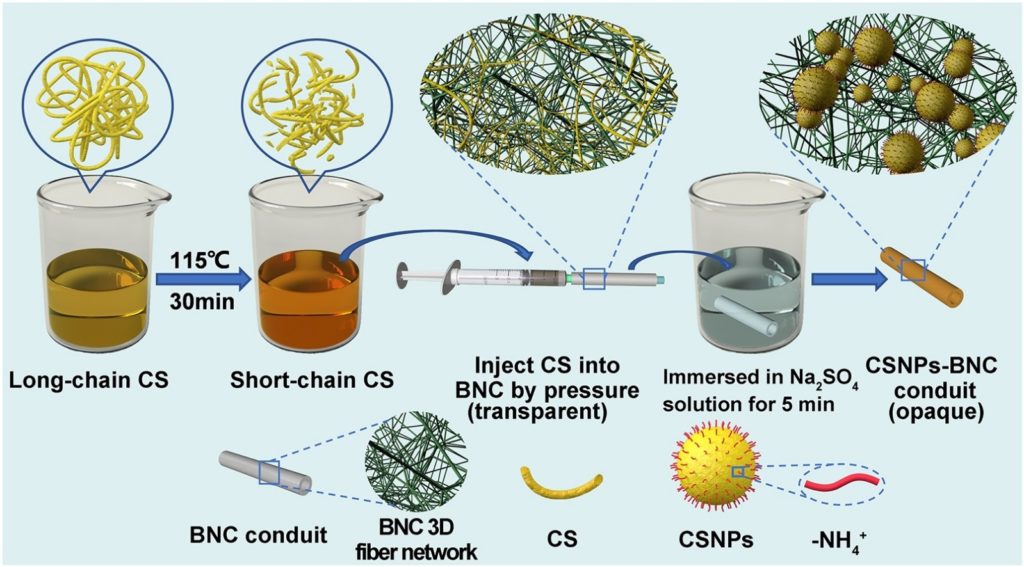Publications
2021
Year
Can infrared camera images be used for screening in Adolescent Idiopathic Scoliosis?
This study explores IR thermography for non-radiation screening of AIS, comparing thermal patterns to spinal deformities on X-rays. Key findings suggest a potential for early detection and severity prediction, providing a safe and automated approach to AIS screening without radiation. Read more

Bacterial nanocellulose-enhanced alginate double-network hydrogels cross-linked with six metal cations for antibacterial wound dressing.
This study explores alginate and bacterial nanocellulose composites for wound healing. Using a vacuum suction method, composites exhibit enhanced antibacterial activity and mechanical strength, promoting faster healing. These findings underscore potential advancements in smart biomedical dressings. Read more

Influence of pH-responsive compounds synthesized from chitosan and hyaluronic acid on dual-responsive (pH/temperature) hydrogel drug delivery systems of Cortex Moutan
This study investigates polysaccharide-based pH-responsive hydrogels for drug delivery. Enhanced drug release and antibacterial properties were observed, facilitated by improved stability and mechanical strength, indicating significant potential for advanced biomedical applications. Read more

Development of antiviral cvc (Chief value cotton) fabric
This study examines PHMB-treated fabric, showing it kills 94% of coronavirus in 2 hours. The findings highlight its potential for use in protective clothing and bedding, offering a promising solution to reduce COVID-19 transmission in high-risk areas. Read more

Biosafety evaluation and quantitative determination of poly (hexamethylene biguanide) (PHMB) coated on cellulosic fabrics by Kubelka–Munk equation
This study presents a method to quantify cationic finishing agents on cellulosic fabrics using the Kubelka–Munk equation. Findings reveal maximum PHMB adsorption around 8 mg/g and establish a safe, non-cytotoxic PHMB level for biosafety, offering crucial insights for fabric treatment. Read more

ROS‐responsive selenium‐containing carriers for coencapsulation of photosensitizer and hypoxia‐activated prodrug and their cellular behaviors
This study explores integrating hypoxia-activated chemotherapy with photodynamic therapy via ROS-responsive drug carriers. The method enhances drug release, showing significant tumor treatment efficacy, indicating promising advancements in cancer therapy approaches. Read more

A novel approach for efficient fabrication of chitosan nanoparticles-embedded bacterial nanocellulose conduits
This study introduces a method to embed chitosan nanoparticles in bacterial nanocellulose, enhancing antibacterial properties and biocompatibility. Utilizing ionic gelation, the composite supports Schwann cell growth, showcasing its potential for clinical biomedical applications. Read more

A Novel Bespoke Hypertrophic Scar Treatment: Actualizing Hybrid Pressure and Silicone Therapies with 3D Printing and Scanning
This study presents a novel hypertrophic scar treatment using 3D printing and silicone elastomers. The methodology includes pressure distribution optimization via finite element analysis, resulting in enhanced pressure control on scars, offering improved healing outcomes with a custom-fit design. Read more

Here goes your text ... Select any part of your text to access the formatting toolbar.
Here goes your text ... Select any part of your text to access the formatting toolbar.
Here goes your text ... Select any part of your text to access the formatting toolbar.
Here goes your text ... Select any part of your text to access the formatting toolbar.
